
Investing in Productivity via Artificial Intelligence and Robotics
Dominic Keen is the Managing Partner of Britbots, the UK's leading EIS fund specialising in artificial intelligence and robotics investments. For more information on Britbots, the Britbots' AI and Robotics Scale Up EIS Fund, or anything else of interest in this article, please get in with with Dominic directly at Dominic@britbots.com.

You will already be familiar with the statistics surrounding falling productivity in the Western World. After hundreds of years of increasing productivity following the Industrial Revolution, global productivity has not increased since the 1970s.
It is a highly significant issue: As a planet with scarce resources, it is imperative that we as a species continually find ways to make these finite resources go further. At a company level, productivity is the core driver of economic returns. At an individual level, it is the main driver of living standards.
The need to improve productivity is being exacerbated as global consumption continues to rise exponentially whilst resource shortages increase. Three of these shortages are particularly prevalent:
1. Labour resources: global employment growth has declined by 90% over the last 50 years.
2. Natural resources: Humans are using natural resources 70% faster than ecosystems can replenish them.
3. Environment resources: To achieve Net Zero targets, companies’ and economies’ net carbon emissions must be reduced by 100% over the next 30 years
Britbots has chosen to invest in automation technologies because they are a crucial ingredient to allow scarce resources to go further; allowing outputs to grow or stabilise whilst reducing inputs.
The market for these technologies is already growing quickly as labour, natural resources and environmental pressures continue to increase and the building blocks for automation technology continue to become less expensive and more abundant.
As such, we believe that adoption of automation technologies will continue to accelerate and that companies developing technologies in this area will generate enduring returns.
Over the last 5 years, Britbots has invested in over 40 start ups developing technologies in AI, robotics and automation covering a broad range sectors (such as agriculture, industry, transport, energy) and technology types (machine learning, robotics, Internet of Things), but all united by the seismic productivity increases they are generating.
Here are some of the reasons why investors have chosen to invest with us:
1. Access to strong fund performance: £100 invested in 2018 is now worth £387*
2. Investing at the frontier of automation technology: as an asset class which invests in frontier technologies, venture capital investing is normally restricted to large institutional investors writing minimum sizes checks of several hundreds of thousands pounds. Our funds allow investor to access with as class with an investment as little as £10,000.
3. Visibility of the fund composition: investors in venture capital funds will not normally see the composition of those funds at the time they invest. The Britbots’ AI & Robotics EIS Scale Up Fund is different. Investors see the companies the fund is investing in up-front. This means advisors can have total clarity on what their client will be invested in and gives them the best opportunity to match their clients' needs and objectives with the investee companies.
4. Addressing core impact issues: shortfalls in economic and environmental productivity are some the principle issues of our time.
5. Downside risk mitigation via EIS: venture capital is a high risk category, however, we ensure our investments are in EIS-qualifying companies meaning investors can benefit from the tax advantages described earlier in this article.
6. Downside risk mitigation via EIS:
venture capital is a high risk category, however, we ensure our investments are in EIS qualifying companies. This means investors benefit from the following EIS reliefs: 30% income tax relief; no capital gains tax on an exit (provided shares are held for more than 3 years); no IHT payable on EIS share; loss relief mean that if things don't go to plan a higher-rate taxpayer could effectively reduce a total loss of £1 to 38.50p.
For more of our useful updates and insights, just register here:
Get In Touch
We will get back to you as soon as possible.
Please try again later.
The Companies
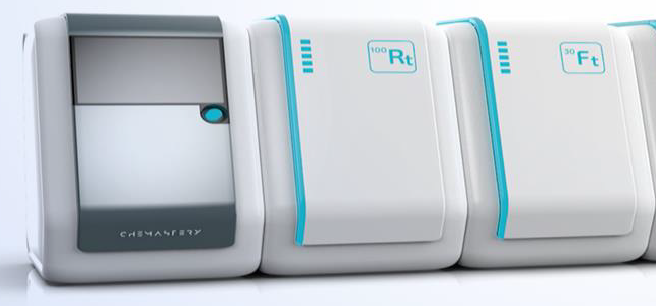
CheMastery
What: CheMastery uses robotics to automate the currently slow, manual processes associated with in formulating chemicals in laboratories.
Why we are excited:
An estimated £650 billion of small batch speciality chemicals are manufactured globally each year yet chemistry work is currently highly manual, inaccurate and time consuming. CheMastery are building natural language processing software to standardise and enhance chemical recipes and a robot to execute these recipes automatically. The Company has signed pilots with four of the most significant UK chemical manufacturers: Pfizer, Key Organics, Cats Eyes and Charnwood Molecular.
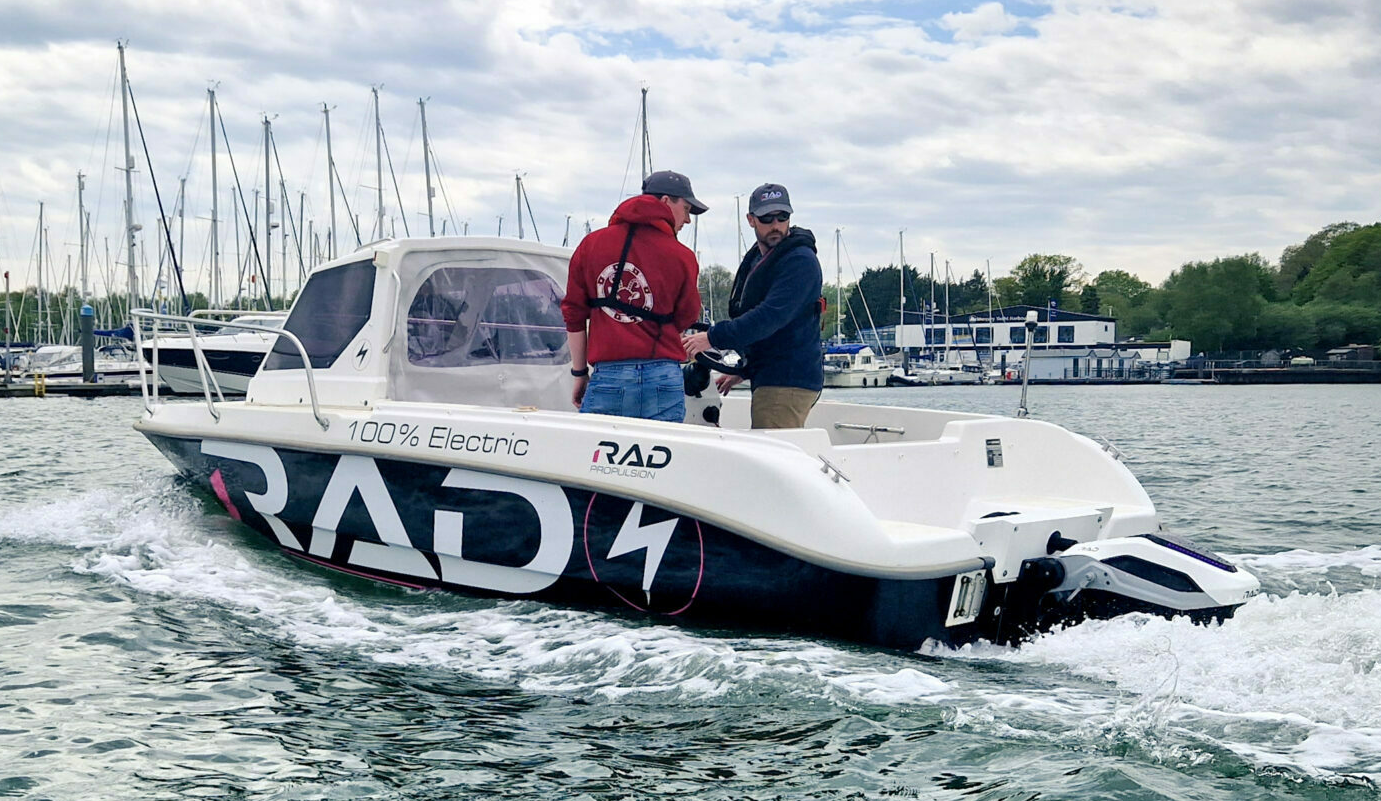
RAD Propulsion
What: RAD technology are building electrical engines for the marine industry as it transitions away from fossil fuel power.
Why we are excited: Globally, approximately £10 billion is spent on marine diesel propulsion devices each year. Despite the industry’s inevitable switch to electrical alternatives, current solutions are not up to scratch: their hardware is not fit for commercial applications, and their software lacks real-time monitoring and data collection. The Company’s founders, who previously exited a marine automation business for over $95 million, are correcting this by creating a fully integrated “Tesla” experience for boats. RAD propulsion is already selling its solution to leading boat-builders such a RS Boats and Hydrex.
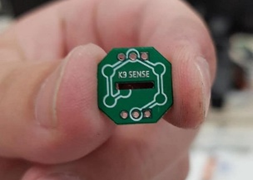
Altered Carbon
What: Altered Carbon is digitising the sense of smell, effectively shrinking the capabilities of a powerful mass-spectrometer to the size of a microchip, allowing complex scent profiles to be detected quickly, conveniently and cheaply.
Why we are excited: Airborne chemical scents provide advance warning for costly problems, such as food spoiling, disease or fire, well in advance of visual detection. Altered Carbon have built a patented sensor akin to a sniffer dog’s nose which can detect these chemical scents quickly and cheaply. The company’s beachhead market is food waste prevention, where an estimated £1 trillion can be saved each year by predicting spoilage. Altered Carbon’s products are currently being trialled by Philtrum Group, Fragro, Avara and B-Hive.

Earswitch
What: Earswitch have built a new form of computer interface, allowing electronic devices to be controlledby muscle movements in a person’s inner ear, via earbuds.
Why we are excited: Computers have been controlled by mice or track pads for the last 50 years. Earswitch’s patented technology will give the additional capability for humans to control computers by head and ear movements. At a smaller, medical level, this has fantastic implications for sufferers of Motor Neuron Disease, but at a larger scale, the Company’s technology provides enormous additional capability in gaming and spatial computing, by way of the 970 million earbud headphone units sold each year.
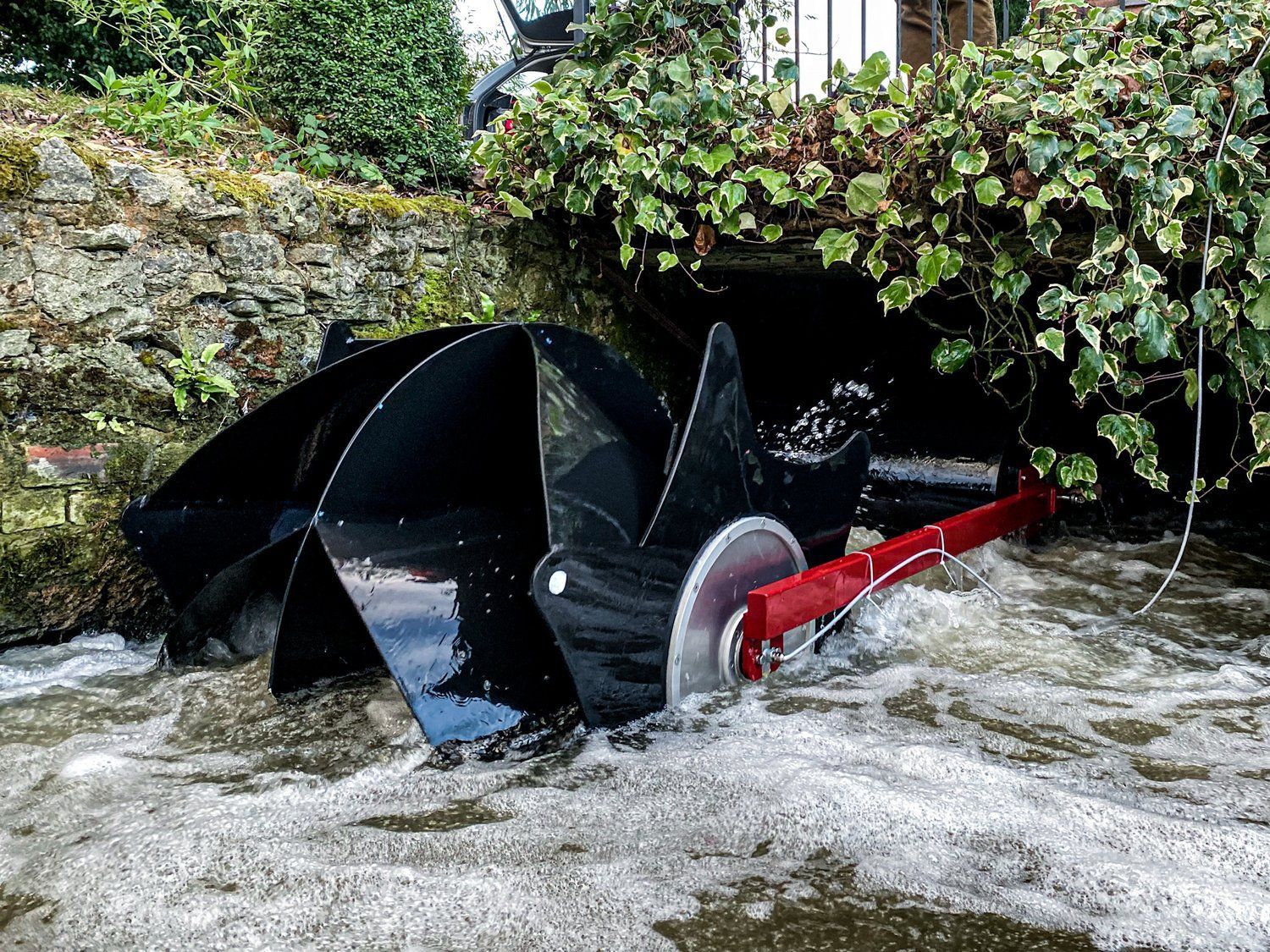
Fish Friendly Hydro
What: Fish Friendly Hydropower builds floating hydro-turbines which are easy to install and avoid the need for permits from the Environment Agency.
Why we are excited: There are over a million weirs and mills in Europe which contain power that could be used to generate the clean electricity needed to transition from fossil fuels, but are not due to regulatory restrictions. Fish Friendly solves this problem with their environmentally-friendly solution and has a rapid customer payback period.
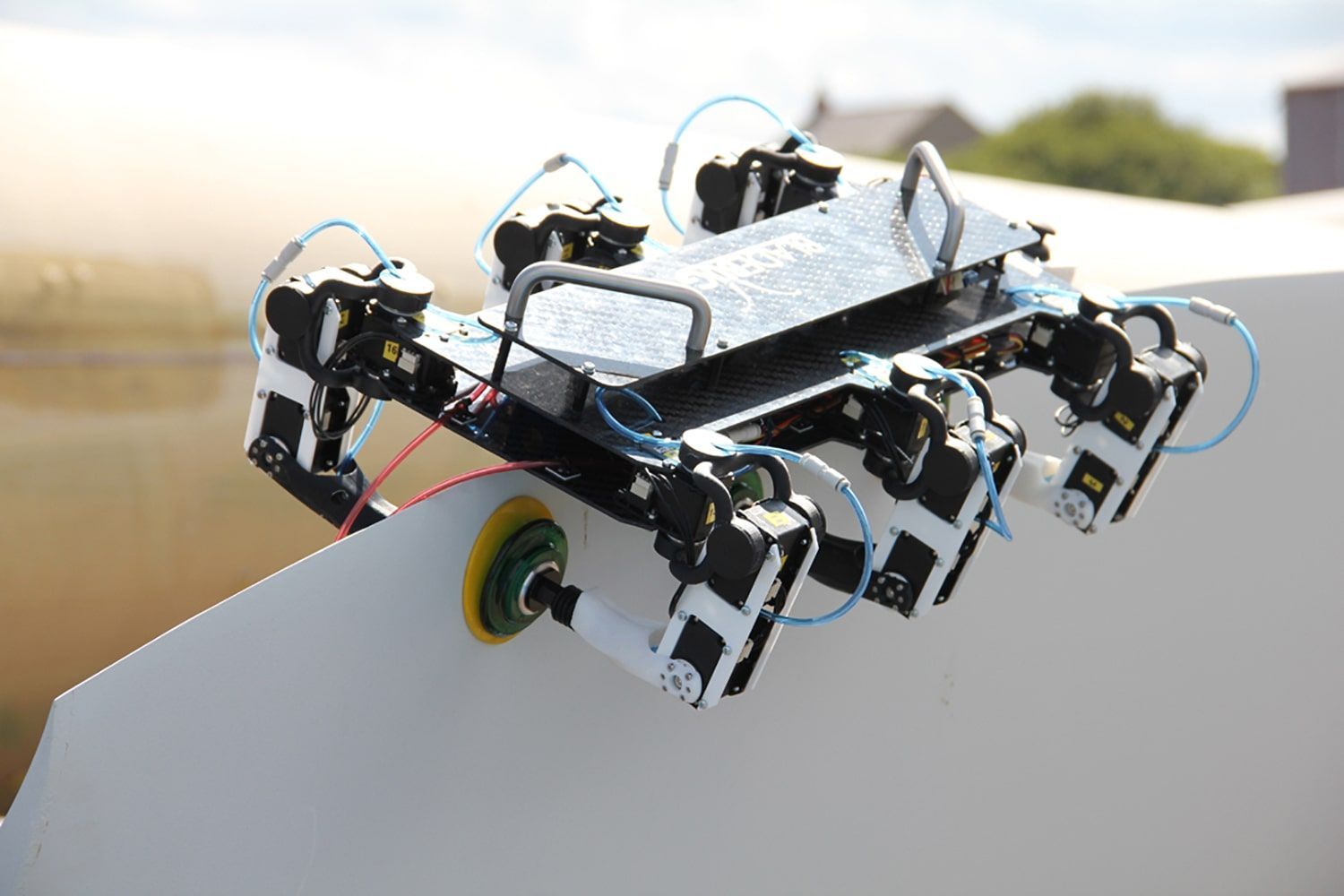
BladeBUG
What: BladeBUG builds robots to automate the inspection and maintenance of wind turbines, increasing turbine uptime and reducing the risk to workers.
Why we are excited: As the offshore wind industry is grows, so does the need to provide maintenance for turbines, not least because wind turbine downtime can cost as much as £30,000 per day in lost revenue. The wind turbine inspection market alone is forecast to be £7.5 billion by 2025, and yet a shortfall of 500,000 workers capable of carrying out these tasks is also predicted. BladeBUG’s highly mobile solution bridges this gap. The company is currently working with major wind power operators WindPower Lab, Mistras, and Force Technology to scale the deployment of its solution.

Bot-Hive
What: Bot-Hive is a provider of flexible automation systems, allowing customers to adopt these technologies in an easy and cost effective manner.
Why we are excited: Adopting automotive systems can radically improve the productivity and therefore profitability of a business, however the process of designing and commissioning automation systems is often complicated and expensive, particularly for production systems than need to be frequently re-configured. Bot-Hive is reducing this complexity by building the knowledge and APIs needed to link these complex systems together. Their systems are currently being trialled by Games Workshop and the Hut Group.
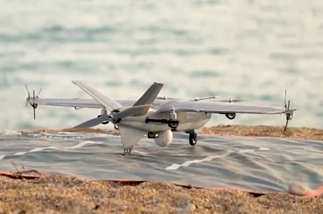
Marble
What: Marble builds long-range drones for use in the maritime surveillance missions.
Why we are excited: As a result of smuggling, piracy and illegal fishing, approximately £3.2 billion is spent each year on maritime surveillance. This is typically performed by boats which have limited range, or drone equipment which is often cost prohibitive. By contrast, Marble has innovated a low cost, electric solution which now demonstrates the range and speed of drones 4-times bigger and costing 200-times more. The Company has ongoing trials in the Turks & Caicos Islands and is one of the few drone companies to have been certified for Beyond Line of Sight flight in the UK.
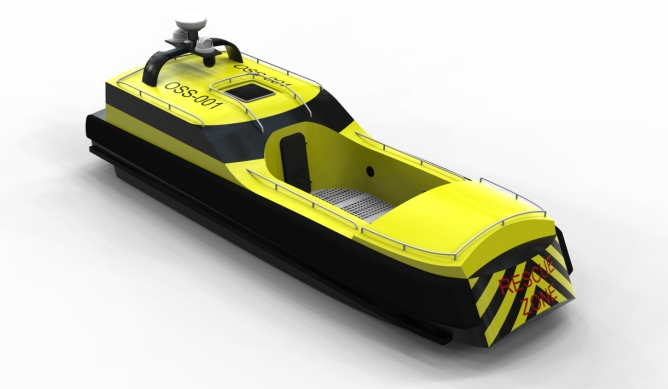
Zelim
What: Zelim are automating the process of search-and-rescue to save lives at sea.
Why we are excited: Offshore rescue is still carried out relatively primitively: man-over-board cases are spotted at sea by eye and typically rescued by ropes. Zelim have created a computer vision system to automatically locate casualties at sea; a retrofittable man-over-board conveyor belt to automate rescue; and is developing a fully autonomous rescue craft. The company’s solution targets the 80,000 ships legally required to carry a fast rescue craft as well as operators in the wind-farm sector, some of which have provided the Company with letters of intent to buy.
Copyright 2022 - High Growth Robotics Limited, trading as "Britbots". Britbots' funds are managed by Sapphire Capital Partners LLP, a specialist
investment management firm authorised and regulated in the UK by the Financial Conduct Authority.
* Figures based on the most recent price-per-share of the companies in the British Robotics Seed Fund 2 as at 01/07/2022, inclusive of income tax benefits accrued.
Risk to Capital
Investing in start-ups and early-stage businesses involves risks, including illiquidity, lack of dividends, loss of investment and dilution. It should be done only as part of a diversified portfolio. Any investments are targeted exclusively at investors who understand the risks of investing in early-stage businesses and can make their own investment decisions. Any pitches for investment are not offers to the public. CAPITAL IS AT RISK.
Financial Services Compensation Scheme Disclaimer
Investments made in investee companies via funds managed by
Sapphire Capital Partners LLP
may be covered by the Financial Services Compensation Scheme (FSCS). For more details, please contact us or refer to their website: https://www.fscs.org.uk
